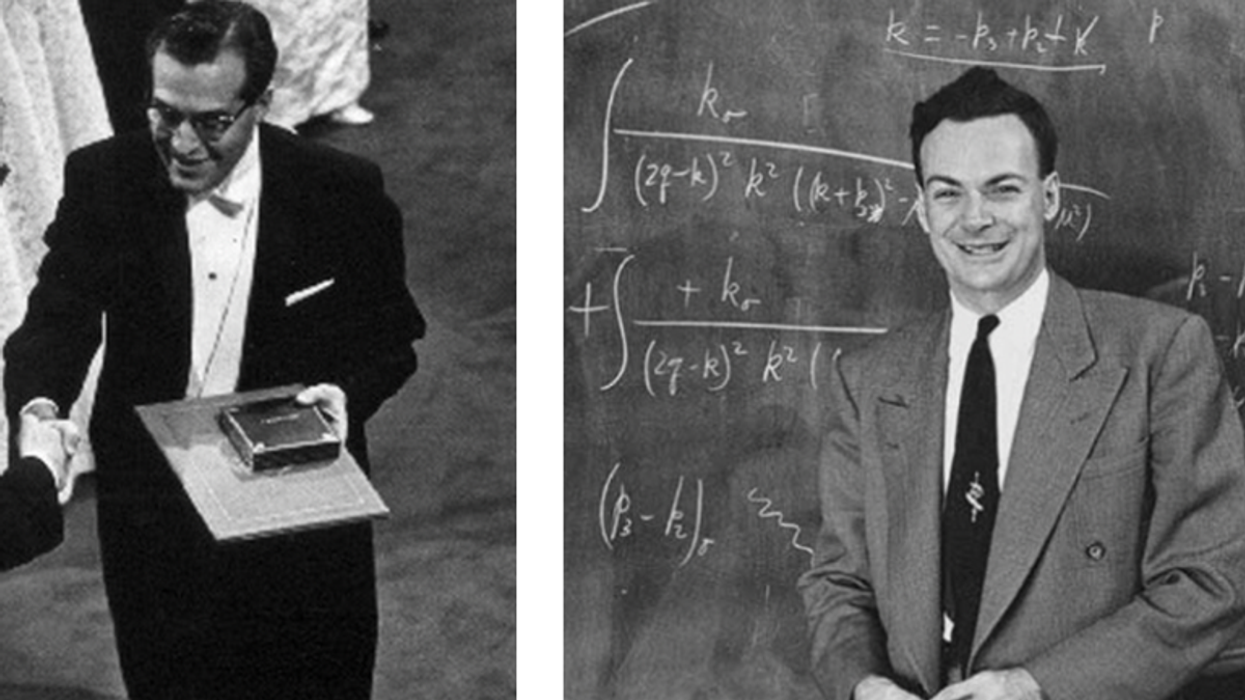In our A City Education series, City Year corps members share their experiences working as tutors and mentors in schools in hopes of closing the achievement gap and ending the dropout crisis.
By all accounts, the walk down Auburn Avenue in downtown Atlanta is very different today than it was 50 years ago. What was once a truly vibrant black community is now divided by Interstate 75 and Interstate 85. Those overpasses don’t just serve as highways. Underneath one in particular is a paradox that embodies the community today. One side of the street is a large sculpture of Martin Luther King Jr.—a reminder that this is the place that produced our nation’s greatest civil rights leader. On the other side, the highway serves as a roof for the city’s most unfortunate and forgotten citizens.
The homelessness and poverty just a few blocks from Ebenezer Baptist Church and the resting place of Dr. King changed my perspective of equality and race to such a degree that I knew after I graduated from college I wanted to serve others as a career. So, in honor of Black History Month I want to show that there's a link between Dr. King's message of inclusivity and union with my service with City Year at Maynard Evans High School in Orlando. However, I want to do that in a way that's genuine because the truth is the most powerful call is to service and change.
The truth is that I'm one of the few white males at Evans where we serve a student body that is 99 percent black or Hispanic. I’ve spent the last week thinking about what that means for the lives of my students. My sophomore year of college in Atlanta I read The Shame of The Nation by Jonathan Kozol. In the book, Kozol explains what he sees as the causes and the effects of de facto segregation in inner-city schools since Brown v. Board of Education.
I knew from my own experience that there were schools that served mostly white students and then there were schools that served mostly minority students, but I hadn’t considered what that meant for the futures of those students. Kozol references scholar Gary Orfield’s work on segregation, explaining,
"Racial isolation and the concentrated poverty of children in a public school go hand in hand, moreover… only 15 percent of intensely segregated white schools in the nation have student populations in which more than half are poor enough to be receiving free meals or reduced price meals. 'By contrast a staggering 86 percent of intensely segregated black and Latino schools' have student enrollments in which more than half are poor by the same standards."
I share this because this is where my understanding of what it means to fit a certain description and to be from a certain area begins. This book, among a few others, still affects the sense of urgency I have in my daily service because I can see in reality what I think Kozol also saw.
After school at Evans this week the three students I was working with finished their homework early and so we went and talked on the bleachers about Black History Month. Names like Marcus Garvey, W.E.B. Dubois, or even Thurgood Marshall aren't very familiar to them, so we mostly talk about black history within the context of their understanding of Dr. King.
I didn’t purposefully steer the conversation very much, but I asked what they thought of what they see every day at Evans. Their immediate reaction was that they see other black people. I asked what they thought about that and one boy explained with an unsurprising nonchalant acceptance "there are white schools and black schools." In response to that, another boy said "Evans is kind of like being on a reservation."
Most of the African-American students who I've asked say they live in the same community and go to the same school that their parents and siblings went to, and this was the case for the student who described the school as a reservation. I don't think I should—or can—say whether or not he's wrong. I know from our discussions that it’s hard for a lot of my students to comprehend life and society beyond Pine Hills in Orlando. That disconnect impacts their education because it requires some context to see the usefulness of learning for its own sake. I try daily to provide context.
My favorite quote from Dr. King is "True compassion is more than flinging a coin to a beggar; it is not haphazard and superficial. It comes to see that an edifice that produces beggars needs restructuring." I see no greater threat to our democracy and the unification Dr. King championed than allowing our public schools to accept that only 50 percent of black male students in Orange county graduate from high school in four years. So with the idea that education is the greatest tool for restructuring our broken edifice in mind, I—along with my fellow City Year corps members and the dedicated staff at Evans—have a great deal of work to do.
Our jobs are truly important because we get to do something to change the lives of other people who might otherwise be forgotten. That's what really counts—widespread and continued service. Honoring the dreams from Auburn Avenue 50 years ago requires a consciousness of today's injustice, and a consciousness of today's injustice demands action.
Photo courtesy of City Year Orlando
















 Otis knew before they did.
Otis knew before they did.